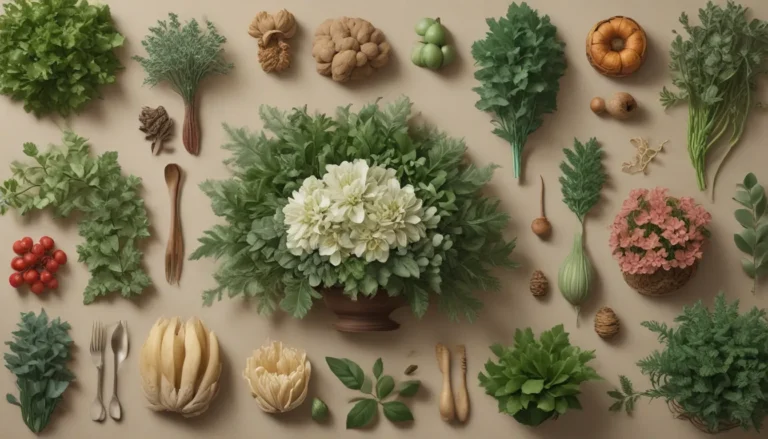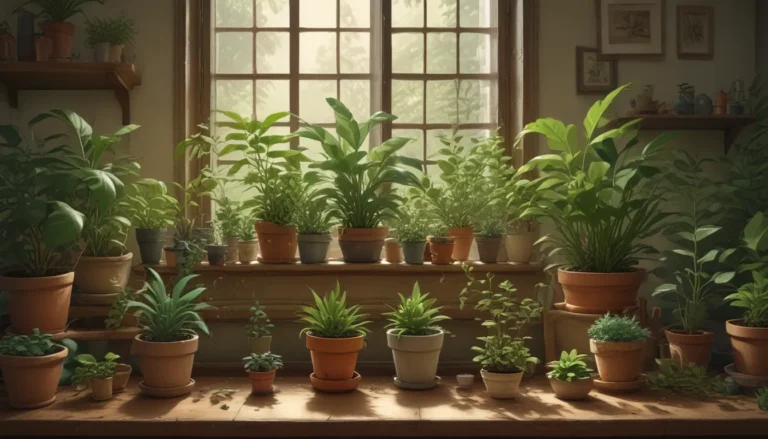Growing Begonias as Houseplants

Are you intrigued by the versatility of the begonia genus? If you’ve only explored their outdoor potential, it’s time to bring these beauties indoors. While some species thrive in specific zones, many varieties can flourish year-round as houseplants.
In this article, we will dive into the fascinating world of indoor begonias. Whether you’re a novice looking to expand your indoor plant collection or a seasoned gardener with troubleshooting questions, this guide has something for everyone. Let’s explore the following topics:
Cultivation and History of Begonias
The begonia genus comprises over 2,000 species native to South America and other tropical regions worldwide. These plants have a rich history, with Franciscan monk Charles Plumier introducing them in 1700. Over the centuries, begonias have become popular globally, thanks to their diverse varieties and unique characteristics.
Types of Begonias Ideal for Indoor Growth
While any begonia type can thrive in containers indoors temporarily, some varieties are better suited as year-round houseplants. Avoid hardy and tuberous types that require specific winter care, and focus on rex, rhizomatous, and cane varieties that thrive indoors. These specimens offer colorful foliage and sometimes even blooms throughout the year.
Recommended Indoor Growing Conditions
- Temperature: Begonias prefer an average home temperature of 65-80°F, with low tolerance for colder temperatures. Avoid drafts and keep them away from pets due to toxic leaves.
- Light: Provide bright, indirect light for indoor begonias, either near a sunny window or with grow lights.
- Containers: Use containers with drainage holes to prevent waterlogging, choosing lightweight options for larger cane varieties.
- Soil and Drainage: Opt for well-draining soil rich in organic matter, ensuring proper drainage to prevent root rot.
- Humidity: Maintain at least 40% humidity for begonias, considering a bathroom or kitchen location with adequate light or a pebble tray for added moisture.
Care and Maintenance Tips for Indoor Begonias
Ongoing care for houseplant begonias is straightforward with the right environment and soil. Water regularly, but avoid overwatering, and fertilize every two weeks with half-strength liquid plant food. Pruning, deadheading, and repotting are occasional tasks that ensure healthy growth. Gradually acclimate outdoor-loving begonias to prevent stress during seasonal transitions.
Begonia Cultivars to Consider
Ready to start your begonia collection indoors? Consider these three cultivars for colorful, easy-care options:
- Polka Dot Begonia: Known for its tall canes and deep green leaves with white polka dots, this variety blooms from spring to late summer.
- Harmony’s ‘Venetian Red’ Rex Begonia: This colorful rex variety thrives indoors with abundant indirect light, showcasing rich red foliage.
- ‘Vodka’ Deep Red Wax Begonia: Part of the Cocktail series, this variety blooms into cheery red flowers with vibrant leaves, perfect for indoor containers.
Managing Pests and Disease
Preventative measures such as inspecting outdoor plants for pests and providing good air circulation can keep begonias healthy indoors. Swiftly address pests like mealybugs or spider mites with natural solutions such as neem oil. Avoid overwatering to prevent common diseases like powdery mildew or stem rot.
Quick Reference Growing Guide
| Plant Type: | Flowering herbaceous perennials |
|————-|———————————-|
| Flower/Foliage Color: | Orange, pink, red, white, yellow/green, bronze, multicolor combos including blood red, chocolate, cream, deep purple, hot pink, khaki, lavender, lime green, maroon, pink |
| Native to: | South America and other tropical regions, cultivated hybrids |
| Water Needs: | Moderate |
| Hardiness (USDA Zones): | 9-12, depending on variety |
| Maintenance: | Low to moderate, depending on species |
| Bloom Time/Season: | Year-round or spring-early autumn, depending on the species |
| Tolerance: | Underwatering for short periods |
| Exposure: | Bright, indirect light |
| Soil Type: | Moist, humus rich (tuberous and cane); porous, peat-based, amended with compost (other types); average potting mix (all varieties) |
| Spacing: | 1 per 6-inch pot (wax), pot 2-3 inches wider than root ball (cane, rhizomatous, other hybrids with fibrous roots) |
| Soil pH: | 5.5-7.0 |
| Planting Depth: | Pressed into soil surface (pelleted seeds), top half of rhizome visible above soil (rex and rhizomatous), slightly below soil line (tubers), crown even with soil surface (other fibrous-rooted varieties) |
| Soil Drainage: | Well-draining |
Invite Begonias into Your Home
Growing begonias indoors opens up a world of color and beauty right in your living space. With the right care and maintenance, these versatile plants can thrive and brighten up any room. Whether you’re a beginner or a seasoned gardener, begonias make a lovely addition to any indoor plant collection.
Do you have any experience growing begonias indoors? Share your tips and questions in the comments below. For more helpful growing guides, check out our articles on tuberous begonias and wax begonias.





